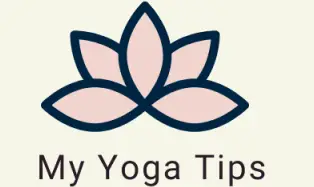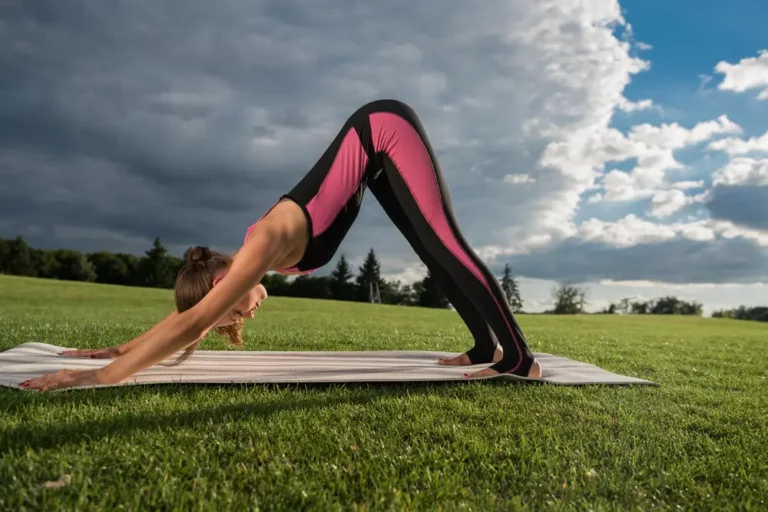Is The Same Yoga Routine Every Day Effective?

Having been an enthusiastic follower of various eclectic mind-body disciplines for most of my adult life, I have often wondered (sometimes out loud to any captive audience) whether I was making any meaningful progress with my daily yoga routines.
Should I do something different with my schedules to reach my state of Nirvana? The answer to that question lay in a few minor routine adjustments.
When practiced consistently and routinely, any form of traditional and contemporary yoga is essential in learning to effectively master the subtle poses and movements required for this activity, which benefits overall health and undoubtedly leads to a general sense of well-being.
Yoga requires repetition and practice to effectively master the poses and movements required for each routine. Mastering these will maximize the potential benefits and well-being that yoga can bring. As familiarity improves then the opportunity to introduce more complex poses will present itself.
Making yoga an integral part of your daily routine is a significant motivational boost that will teach you discipline in your practice. The results of your consistent efforts will start becoming evident as you begin to grow and change.
However, how often is enough or too much?
How Often Should I Practice the Same Yoga Routine?
How often any form of activity should be done is a question probably best answered by the individual concerned. Yoga is no different, age, time, health issues, motivation levels are all factors that play a part. Everyone has a unique physical and spiritual makeup.
It would also really depend on your individual goals and listening to what your body tells you as you progress with time. A good rule of thumb is that in the initial stages, yoga is most beneficial when practiced between two and three times per week. That will be a good solid start!
Over time, as your overall conditioning improves and your schedules become set in a routine, you might find that your body can handle six sessions or more each week. There is no right or wrong answer. It depends on you and your body.
How Often Should a Beginner Practice Yoga
Novices should preferably aim for two or three yoga sessions per week as a sensible start. This will ensure that the body gets used to the stretches and poses you’ll be subjecting it to as your yoga journey progresses.
A 15-minute session will be enough to stretch and flex your muscles while giving you a mood lift as your brain chemistry evolves.
Start with a simple single pose in the beginning. Again, it’s essential to create a feedback loop with your body. You should instinctively know if what you are doing is comfortable for you. Some factors to look out for are listed below.
- Are you feeling more or less pain as your muscles stretch?
- Is your balance ok
- Does it assist or hinder your breathing?
- Are you relaxed or anxious, happy or sad?
- Are you focus your thoughts
These factors will all influence your decision on when and how to progress to the next level.
It is vital to know intuitively what your levels of personal comfort are throughout the initial process. Remember, the answers to these questions can be subtle.
When Should a Beginner Try More Complex Yoga Poses?
After a few weeks of starting your yoga journey, you will start to feel and see the results of your efforts. Your body and your mind will begin to change. Your critical core will feel stronger.
Thanks to all the chaturanga (the yoga version of the classic static standard gym planks), your triceps will feel toned. If you suffer from back pain, arthritis, or another chronic condition, you should start to feel improvements.
Overall your body will feel stronger, more flexible, and your balance will improve. Get ready to begin receiving encouraging compliments from everyone around you!
Your mind will improve too! You will be feeling more energetic, and your general mood will improve. You’ll be more alert in the day and sleep better at night.
All of these benefits and your improved mental well-being will eventually filter through to other aspects of your life. You will gradually find your daily chores and work activities become more productive and easier to manage.
Moving to the next level in your yoga routine should be a gradual process. There’s no point in overdoing it or even risking a physical injury. It’s important to remember the following principles as you start adding schedules and mixing up your activities:
- Consistency is key. Keep to your schedule
- Be adventurous. Try new activities and keep things fresh
- Be curious. Ask others for advice or information
- Focus on your core. These muscles are the foundations for increased endurance
- Don’t be too hard on yourself. Through patience with yourself, you will learn to grow positively
- Don’t forget to breathe. Correct breathing is integral to the process
- Meditate. Yoga is a mind-body experience. Don’t skimp on the spiritual aspect
How Long To Become Proficient at Yoga?
How long it takes is not an easy question to answer with certainty. Yoga is not a quick fix; it’s a lifestyle choice. Reputable yoga teachers will tell you that it takes about three years to get to the stage where you are one with your routine.
Everyone is built differently and has differing physical attributes.
Someone who is naturally fit and flexible, has a background in dancing such as ballet, or has practiced gymnastics will find it easier, particularly in the beginning, to adapt to the movements required in yoga. The key is patience and persistence.
It’s important to understand that a person’s physical and mental characteristics play a critical role. As with any new or challenging activity, it may be that you are subconsciously setting your self limits as to how flexible you are, and therefore how far you can stretch.
Once these mental barriers are broken through increased awareness, the degree of flexibility required in a particular stretch or pose will be tested and, with time, achieved.
Which Yoga Types Are Popular as a Daily Activity
There are around 30 both traditional and modern or contemporary styles of yoga available today. Some are more popular than others and offered in neighborhood gyms and studios.
Here is a pick of five commonly offered types and their unique advantages:
Ashtanga yoga
Ashtanga is a well-known yet demanding technique designed to increase strength and flexibility while enhancing self-control of mind and body. Breathing control is integral—an excellent daily choice for weight management and stress reduction.
Hatha yoga
Hatha is one of the more popular traditional styles focusing on relaxed breathing and the meditative element of yoga. It is a basic, progressive style ideal for beginners—an excellent choice for a daily workout.
Vinyasa yoga
A high-energy routine closely based on Hatha Yaga, it’s a varied combination of postures ideal for people who prefer more activities than music. Beneficial for those seeking improved lung function and helps with better concentration and self-control.
Kundalini yoga
This approach focuses more on the spiritual aspect through meditation. The simple postures are concentrated primarily on the tranquility of mind—ideal for busy people seeking to relieve stress and increase introspection.
Iyengar yoga
Ideal for beginners and elderly, or those recovering from injury, this method focuses on aligning the spine and improving posture. Executed slowly with intense concentration, it’s ideal for promoting better body alignment and increasing strength. Also useful for body toning.
How to Make Yoga Routines More Interesting
Any repetitive task is at some risk of eventually becoming a little stale. Practicing yoga is not necessarily any different.
Some tips for making yoga more interesting again
- Change your environment. Make it more engaging by moving your mat, switching rooms, or position. Let some more light into your space. If you have a teacher try finding a new studio. Move your schedule to another time of day.
- Add some props. You could try using straps to assist in backbends, a chair or a bench to assist with upside-down positions, or even a bolster to make the experience more comfortable.
- Try adding music. Not everyone is a fan of background music. It can aid relaxation or uplift your mood. If you are already practicing with music, try to change your playlist. There is a myriad of playlists available online.
- Add new Asanas. You can switch it up to the next level or mix it up by adding some routines from another yoga. If you’ve been practicing rhythmic Vinyasa yoga, maybe go for a yin class or try a traditional Hatha class.
Experiment with Ashtanga yoga. By mixing it or trying something new, you could get rid of your boredom, perhaps find another new style you love that you never considered before, or develop a new appreciation for the style of yoga that is your default favorite.
You don’t have to always follow the teacher’s cues strictly to the tee. Be playful!
Read my article about 6 Ways To Make Your Yoga Routine Actually Stick
Conclusion
Yoga is, without a doubt, a practice that can be done daily. The benefits that come from increased energy, better mobility, and flexibility far outweigh any risk associated with any repetitive activity.
As with any hobby or physical activity, one should not be scared of trying new or different techniques and combining them to keep both the mind as well as the body fresh!
So while there is no specific guideline on how often or for how long yoga sessions should be, or how many times you should practice the same routine. The important factor is to listen to your inner “chakras” and follow their advice; your body and your mind will most certainly thank you for it!







